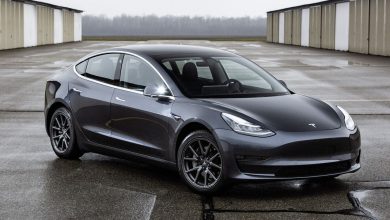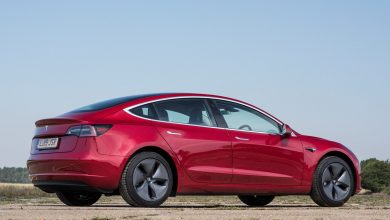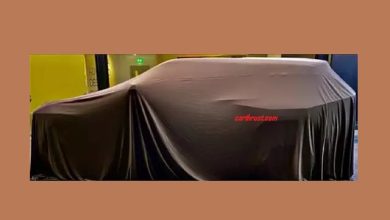Jaguar Land Rover to research on use of new lightweight materials for future cars
As of now, Carbon fibre is the go-to material for carmakers looking to make their cars lighter, but we might be able to see new materials being employed soon.

Lightness goes a long way in the development of vehicles; from making them accelerate like a beast and resulting in better handling, to decreasing overall mass which makes it stop sooner and with more control, how light a vehicle is can make a huge difference on how the car feels when you take it around a corner, and even in a straight line.
As of now, carbon fibre is the go-to material for carmakers looking to make their cars lighter, but we might be able to see new materials being employed soon. Jaguar Land Rover has announced it will launch a “pioneering” research trial to test new lightweight materials for use in future cars. The two-year project, which will employ sensor technology developed for the aerospace industry, will look at how innovative metals and composite materials respond to harsh or corrosive environments, and whether they can be used in the production of everyday use vehicles.
The materials will be tested in “some of the world’s most extreme physical conditions” in a 4,00,000km regime across various parts of North America. The data gathered from these tests will be shared with the UK product development team to allow them to accurately expect future behaviour of these materials. That means any innovation in lightweight materials which can meet “the company’s stringent standards” for longevity and quality.
Lead engineer Matt Walters said the research project is an example of the brand’s “commitment to developing lightweight, durable and robust materials for our future vehicles”.
Jaguar Land Rover claims that the research will also include “world-class partners” and form a part of a consortium of aluminium manufacturers and other carmakers with similar objectives. The project builds on research projects such as JLR’s 2019 testing of printed structural electronics for interiors, said to reduce the weight of in-car electronics by up to 60%.
The lightness push is a great thing for the electric car movement especially since lighter materials will especially help them get more range out of the same batteries.




